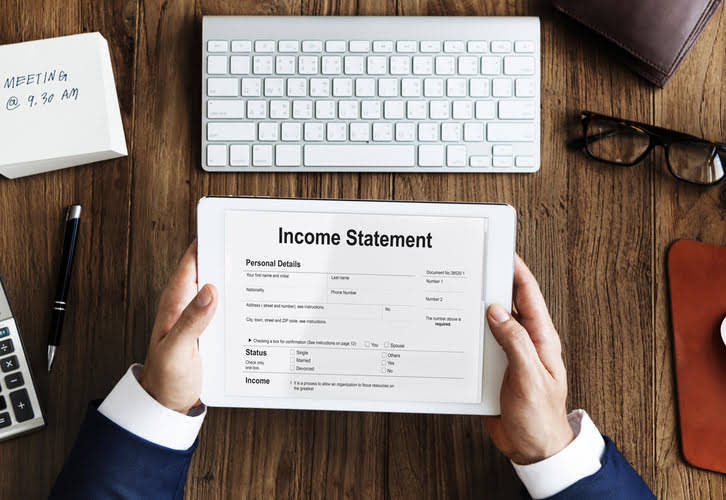Content

Although the taxpayer will remain on the accrual basis for GAAP and financial statement purposes, switching over to the cash basis for tax reporting changes the year-end tax planning conversation and strategy. An accrual, or accrued expense, is a means of recording an expense that was incurred in one accounting period but not paid until a future accounting period. Accruals differ from Accounts Payable transactions in that an invoice is usually not yet received and entered into the system before the year end. Recording an accrual ensures that the transaction is recognized in the accounting period when it was incurred, rather than paid. This is a requirement of GAAP-based accounting, and provides a more accurate and up-to-date view of the University’s financial position than the cash- basis accounting method, in which expenses are recorded when paid.
Why is cash basis accounting misleading?
While cash basis accounting does indicate the health of the cash flow of a business, it may offer a misleading picture of longer-term profitability. This is because the cash method doesn't show income that has been invoiced but not received.
With a positive adjustment, income is increased and these adjustments take place over four years. With negative adjustments income decreases, and is deducted in full, in the year of change. When you are actually doing accounting, you may want to keep these adjustments on a separate spreadsheet. Now you are stepping up your finance game and it is time to switch your accounting method.
Pros and cons of accrual method
The above adjustment also has the effect of allocating expenses that are paid in advance of when they are used, such as prepaid expenses and supplies on hand, to the proper accounting year. Without getting too detailed, here is what a conversion to cash basis from accrual basis looks like. The cash method allows you to deduct most business expenses in the year that you paid them. However, some expenditures are not entirely deductible in the year you pay for them; for example, the purchase price of capital assets must be depreciated or amortized over a number of years.
Most small business owners don’t want to get into the nitty gritty of selecting an accounting method and making cash to accrual conversions. The first three accounting methods discussed in this article (overall cash method, exemption from accounting for inventories, and exemption from UNICAP) apply to tax years beginning after Dec. 31, 2017. The exemption from the https://www.bookstime.com/articles/adp-run PCM for long-term contracts applies to contracts entered into after Dec. 31, 2017. Taxpayers may find that using the PCM is not as tax-efficient as alternative methods. Applying the PCM typically results in an acceleration of taxable revenue — and accelerated payment of tax — when compared with the cash, accrual, or completed-contract methods of accounting.
Importance of Keeping Business & Personal Bank Accounts Separate
The earlier you file the form, the more time the IRS has to work through any issues. Recognize the outstanding amount you owe to convert your books to accrual at the end of the period. To convert your books to accrual at the end of the period, recognize the outstanding sales due. Take a look at the following cash-to-accrual conversion examples. Payments need to be moved into the period when they were received.
For many small businesses, the cash method has several significant advantages over the accrual method, as it is generally easier for most businesses to administer, simplifying the accounting. In addition, the cash method can yield tax savings over the accrual method by deferring the recognition of income until cash is received. For example, if accounts receivable exceed accrued expenses and accounts payable, the taxpayer will defer paying taxes accrual to cash adjustment on the net taxable income until the period when the cash is constructively received and expenses are actually paid. This can be a significant benefit for businesses with accounts receivable in excess of accounts payable and accrued expenses. The cash basis method also allows you to take advantage of some tax planning to shift income and expenses. For example, you might delay sending invoices to move prior period sales into the next tax year.
Switching Accounting Methods Can Provide Instant Tax Savings For Manufacturers
This is done by adjusting entries in the current and prior periods. Unearned revenue includes prepayments from customers before you deliver the product or service. Your accounting technique will influence the statement of cash flows since you calculate the net income differently. Payroll is a necessary component of any organization, big or small, that employs people. A company’s Accumulated Payroll account is an example of an accrued expense from processing payroll.
If you’ve prepaid any expenses, you need to add those to your expenses. Accounts payable represents money you owe vendors or suppliers for goods and services you received on credit. For example, if you order office supplies with Net 30 terms, the supplier’s invoice is an account payable. Under the accrual method, you would recognize $30,000 of gross profit in June because that’s when you earned the revenue and used the supplies. This gives you a clearer picture of your financial results because it matches revenue to expenses.